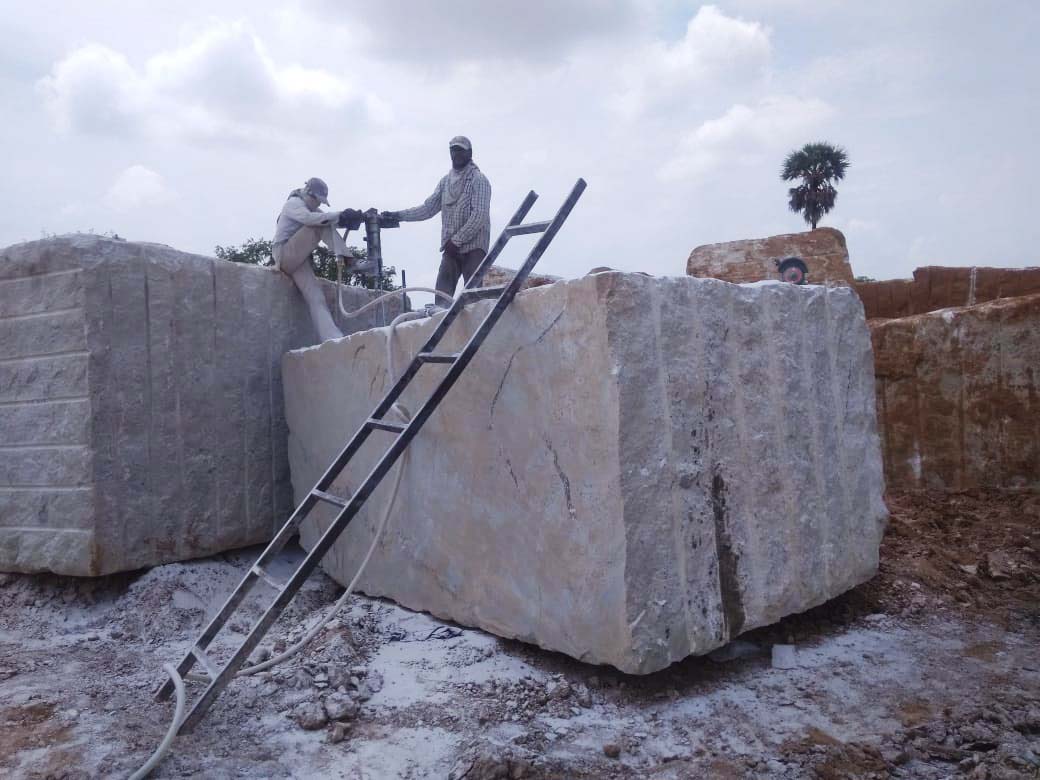Discovering the Rich History and Sustainable Practices of Granite Quarrying
As we depend on the precipice of uncovering the complex tapestry of granite quarrying, a journey through time exposes not just the physical act of extracting stone but additionally the cultural and historic significance woven into the extremely fabric of this practice. From the old beginnings that laid the structure for modern quarrying techniques to the lasting practices that are forming the future of this sector, each chisel mark on granite surface areas narrates waiting to be discovered (granite quarries in south africa). The heritage of granite quarrying stretches much beyond simple extraction; it is a testament to human resourcefulness, strength, and the long-lasting allure of this majestic rock
Old Origins of Granite Quarrying
Dating back to old civilizations, the method of quarrying granite has been an indispensable part of human history and building improvement. The earliest proof of granite quarrying dates back to ancient Egypt, where massive pyramids and intricate sculptures were crafted from this durable stone. The Egyptians used primitive tools to remove granite blocks from quarries, showcasing the relevance of this material in their significant buildings.
Progressing in history, the Greeks likewise made considerable contributions to the quarrying of granite. The Greeks made use of granite in numerous architectural wonders, such as holy places and statuaries, demonstrating their ability in shaping and sculpting this durable rock. The Romans additionally refined the methods of quarrying granite, utilizing innovative devices like knives and hammers to extract and form granite for their legendary structures.
With the centuries, the method of quarrying granite has developed, with modern technologies boosting efficiency while preserving the timeless appeal of this all-natural rock - granite quarries in south africa. From old civilizations to modern contractors, the heritage of granite quarrying remains to shape our globe
Evolution of Quarrying Strategies
The evolution of quarrying techniques has been marked by a continual progression in the direction of better performance and precision in removing granite. Early quarrying methods entailed manual labor with fundamental tools such as blades, hammers, and wedges to extract granite blocks from the planet.
Advancements in computer-controlled tools and 3D modeling have actually optimized quarrying operations, leading to marginal environmental impact and enhanced sustainability techniques. As the demand for granite continues to climb, the evolution of quarrying methods remains essential to meeting sector needs successfully and sustainably.
Social Relevance of Granite
Granite holds an extensive cultural relevance throughout numerous human beings due to its long-lasting presence in architectural work of arts and revered monuments. The social importance of granite expands past its physical characteristics; it personifies strength, stability, and timelessness, making it a sign of enduring heritages and practices.

Lasting Practices in Quarrying
Amidst the abundant background of granite quarrying and its social relevance lies an expanding emphasis on lasting practices within the sector. As environmental awareness and worries about resource exhaustion have enhanced globally, the quarrying industry has actually progressively welcomed sustainable techniques to decrease its influence on the environment and surrounding neighborhoods.

In addition, improvement and recovery of quarry websites post-extraction are integral to lasting practices. By recovering quarried areas to an all-natural or valuable state, such as developing wild animals environments or recreational rooms, quarriers can counter the environmental footprint of their operations and contribute positively to the neighborhood environment.
Tradition of Granite Quarrying
With a historical background soaked in craftsmanship and commercial progress, what enduring influence has granite quarrying left on the landscape of modern society? The tradition of granite quarrying goes beyond plain extraction techniques; it has formed architectural wonders, metropolitan landscapes, and social heritage worldwide. The long lasting nature of granite has made it a preferred option for monoliths, structures, and framework, standing as a testimony to the skill and artistry of quarry employees across generations.
Moreover, the financial footprint of granite quarrying can not be forgotten. The market continues to give employment possibility and drive neighborhood economic climates in areas where granite extraction is widespread. It has anchor actually likewise spurred technological advancements in quarrying methods and equipment, bring about a lot more efficient and lasting methods.
In regards to sustainability, the heritage of granite quarrying consists of efforts to minimize environmental influences via recovery jobs and accountable resource monitoring. By stabilizing financial rate of interests with ecological stewardship, the sector aims to guarantee that reference future generations can remain to profit from this long-lasting all-natural source.
Conclusion

Comments on “Diving right into of Granite Quarries in South Africa”